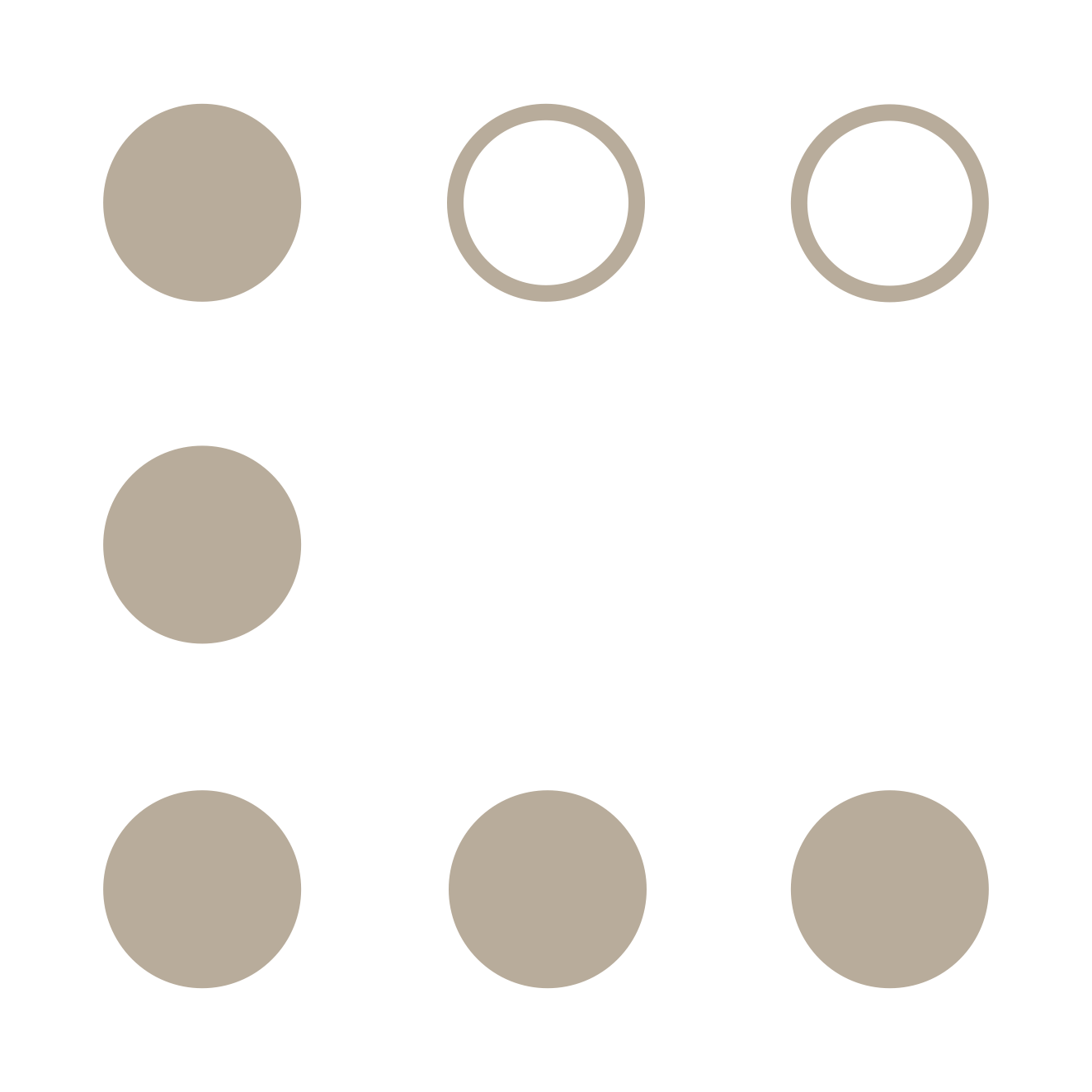“It seems obvious that the current approach to legal research is fundamentally flawed. Lexis and Westlaw have created these enormous databases of case law that cannot be completely mastered unless you have world-class research skills.”
This prompted a response by Greg Lambert on 3 Geeks and a Law Blog to compliment her on daring to ask the essential question of “why are we doing it this way?” I’ll go a bit further and ask why are doing it all and what should we be doing instead?
A Needlestack
Both articles discuss the “needle in the haystack” approach of legal research tools and propose fixes. The solutions suggest pre-filtering or questioning the searchers’ motives before the search. But after the search, every nugget of retrieved information is a potential ‘needle’ so what is hay and what is a needle? Ultimately the end-user decides but it begs the question: why is there hay?
Publishers do not purposely produce products which nobody would value. That business model would not last. Publishers produce “needles” …lots of them. Research publishers produce content for extensive varieties of end-users and each with a different value depending on the time of access. Example: an attorney researching a contract written in the past in accordance with the law in effect at that time would not benefit getting the latest version of the law – they want the historical one. Whereas an attorney drafting a contract today would need the latest version.
Creating Powerful Magnets
In the future, I hope we won’t be creating more needle stacks. Hopefully, we would do better than a brute force keyword search. We would use more delicate filters and have a better understanding of the needs of the ‘real’ users. We should definitely have our own platform and running on our own data centers, maybe design our own chipsets and devices to better suit our users. Above all, we must design our own software to go along with the content and make it convenient and pleasant to work with. The business model will have to change from just selling needles to delivering magnets. Meaning, better ways for professionals to get information instead of just repackaging more information.
There is an advanced way to find a needle in a hay stack and that is by using a really powerful magnet to pull it out. These simple solutions gave rise to the Industrial Age yet seem strangely elusive in the Information Age.
When will we start exploring magnets instead of creating needles?


 Who’s this feature for?
Who’s this feature for? Design for Convenience
Design for Convenience A content agnostic view
A content agnostic view